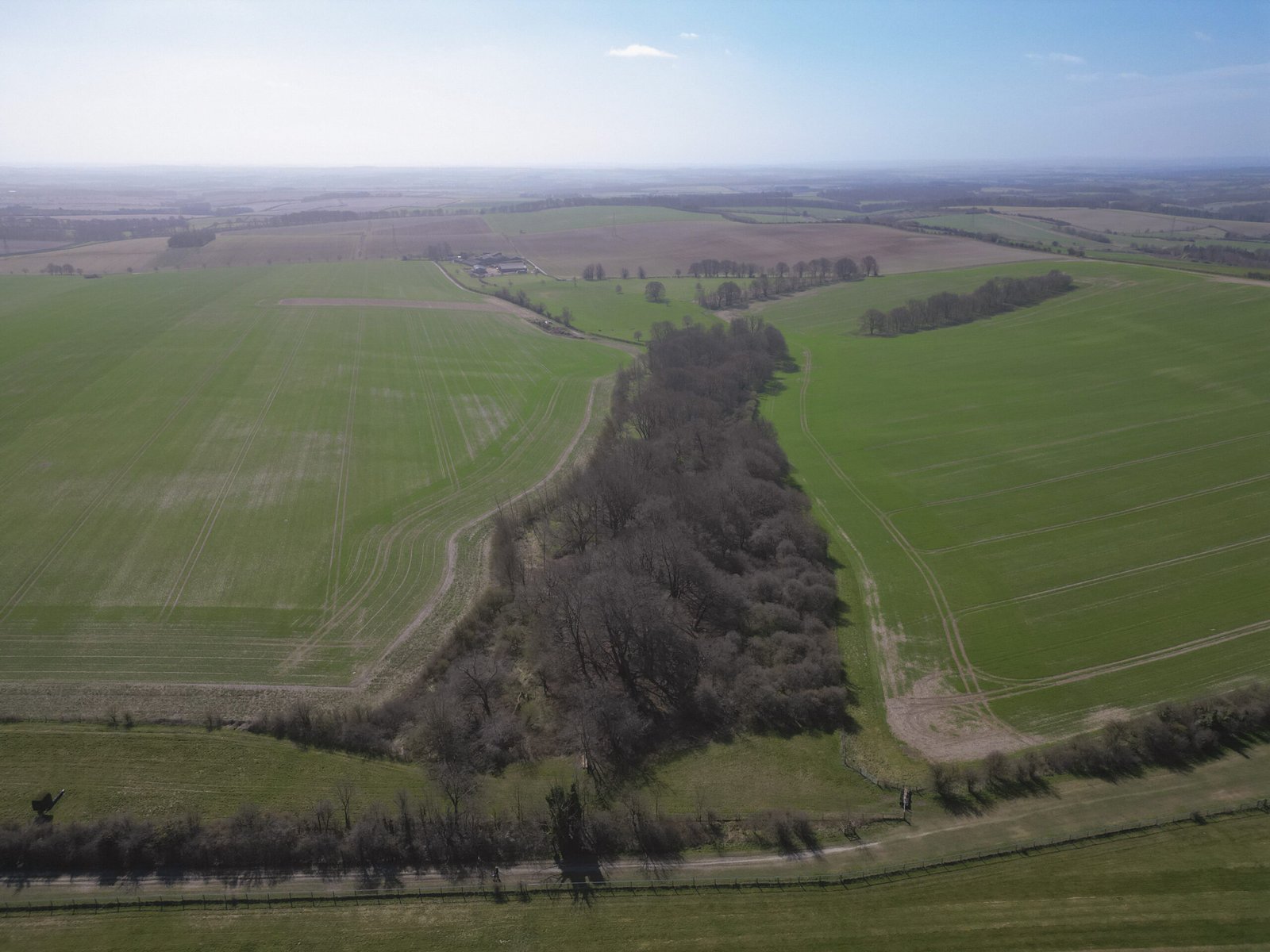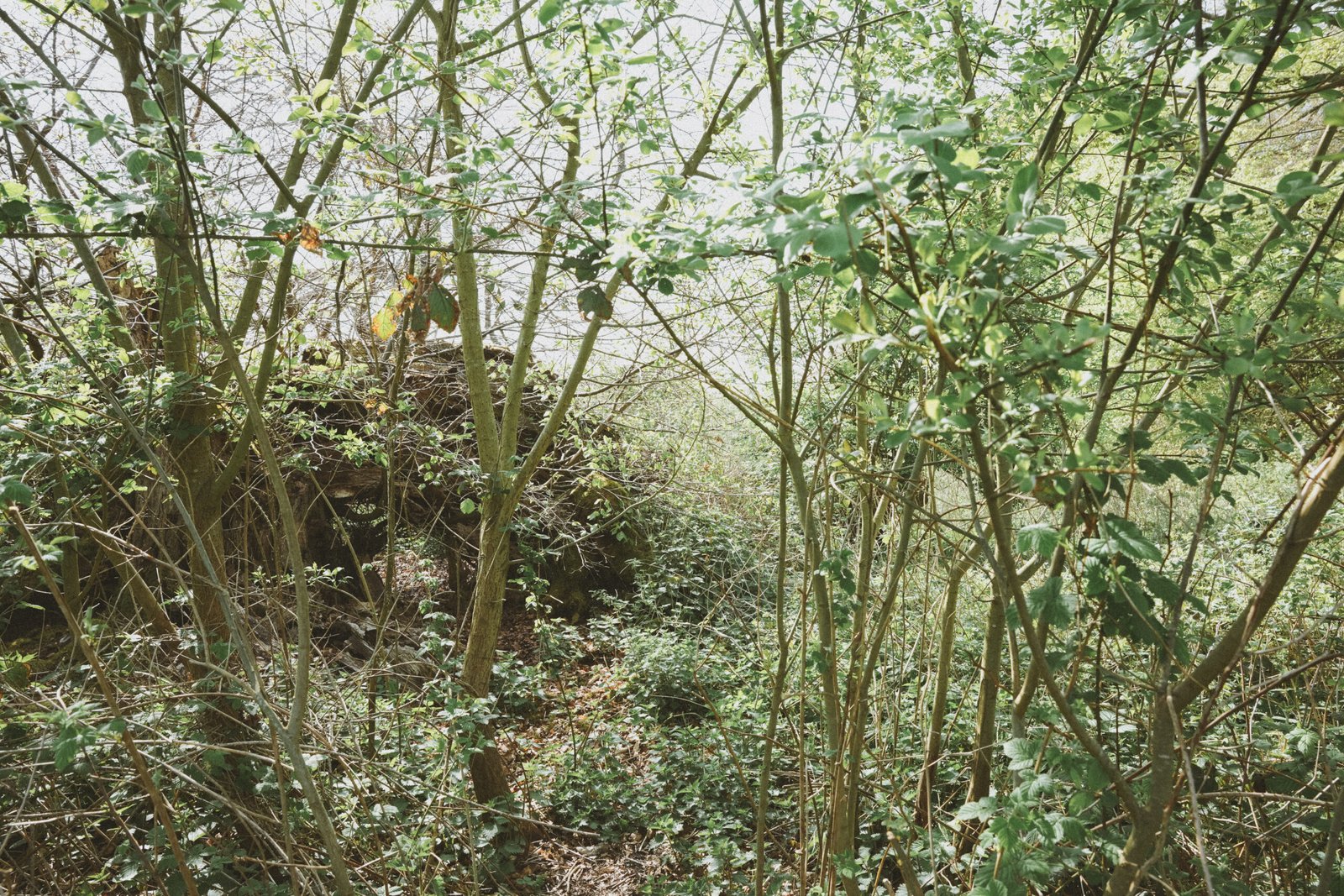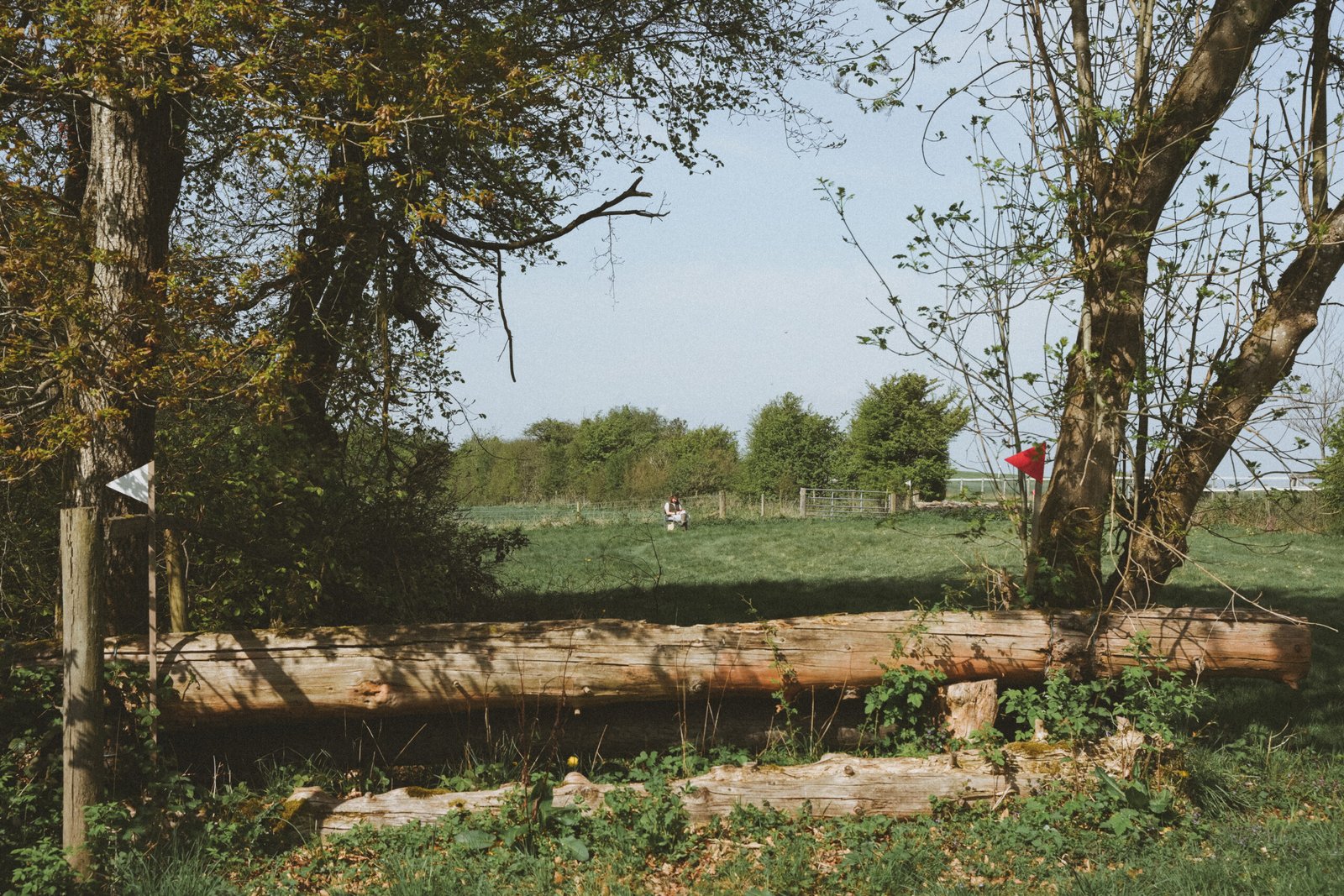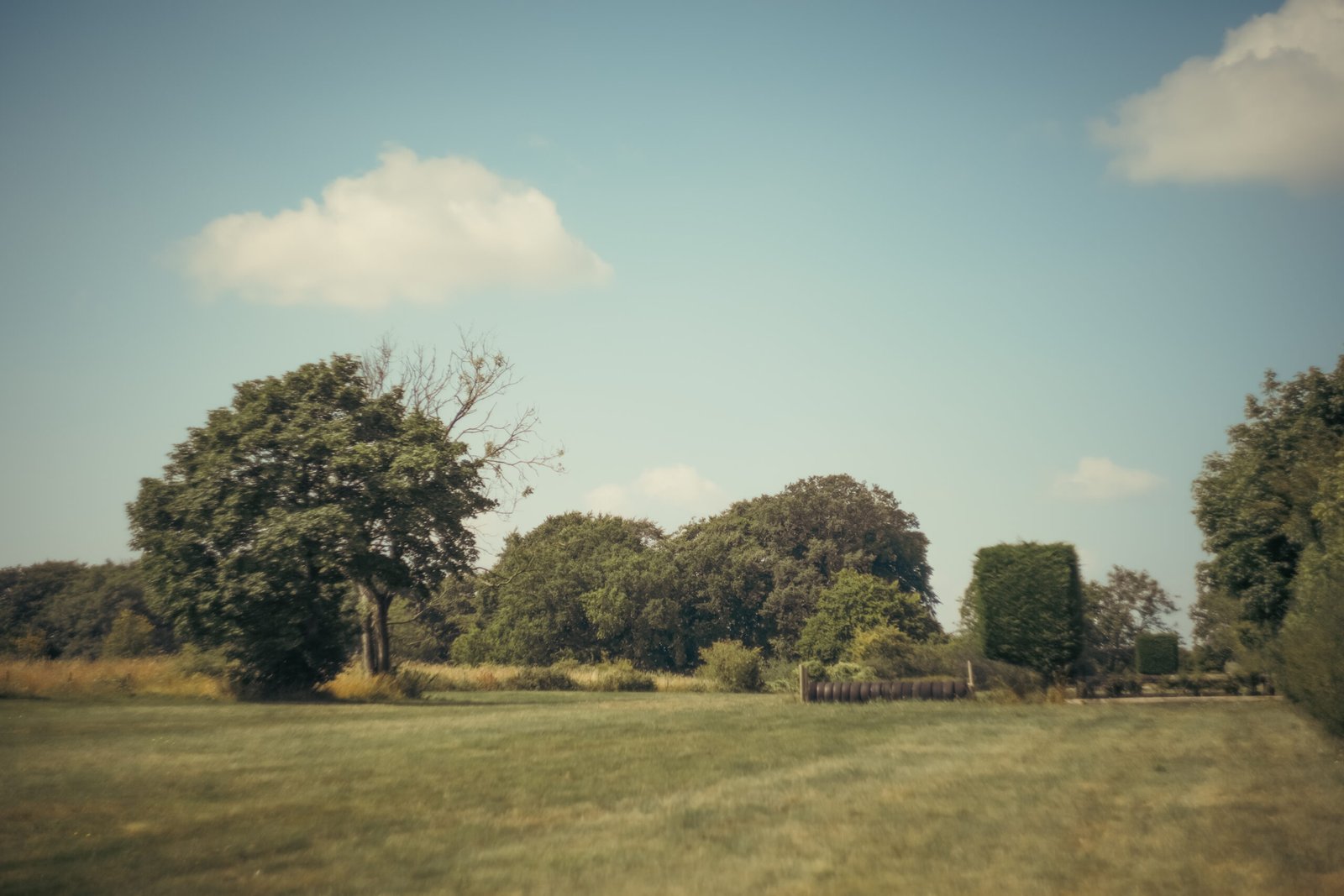On the Real Watership Down
The Beech Hanger
The rabbits make their new home in a strip of woodland on top of Watership Down.
It was different from the meadow copses they had left: a narrow belt of trees, four or five hundred yards long but barely fifty wide; a kind of wind-break common on the downs. It consisted almost entirely of well-grown beeches. The great, smooth trunks stood motionless in their green shade, the branches spreading flat, one above another in crisp, light-dappled tiers. Between the trees the ground was open and offered hardly any cover.
The rabbits were perplexed. They could not make out why the wood was so light and still and why they could see so far between the trees. The continuous, gentle rustling of the beech leaves was unlike the sounds to be heard in a copse of nut-bushes, oak and silver birch.They ran uphill to the summit. The beech hanger lay some little way off to the south-east, on the far side of a grassy track that ran along the ridge.
Chapter Nineteen—Fear In the Dark
Cannon Avenue: the Beech Hanger on a hazy morning in March 2025.
In the novel, the rabbits make their home in the north-east corner of the beech hanger on top of Watership Down (Chapter Nineteen, Fear in the Dark). It’s a long finger of woodland that sits in its own narrow valley on a slope down towards Cannon Heath Farm. Apparently, Cannon Avenue—to give the beech hanger its proper name—was not planted as a ‘kind of wind-break’ as Richard Adams suggests. Instead, I have been told by a few people that it was originally planted as a tree-lined approach to a now long-demolished country residence called Cannon House.
I view the beech hanger as a kind of mid-way point in the world of Watership Down. The rabbits arrive here roughly halfway through the story, bringing one journey to an end. Most of them don’t hang around for long and start on a new quest to Efrafa. In topographical terms, you can stand alongside the beech hanger and see two very different views. To the north is the famous scarp overlooking the pylon line and the approach to Nuthanger Farm. Looking south, the downland simply rolls back down through the treeline of Caesar’s Belt towards Overton, Laverstoke and the River Test.
Looking south, with the beech hanger trees on the left. Caesar’s Belt is in the distance. August 2025.
The hanger is fenced off just behind a hedgerow on the southern side of the path. At its north-west end is a metal gate next to a low jump that also serves as part of the fence. I was told by a dog walker I occasionally see that nobody objects to tourists passing through the gate to take photos. It seems the Sydmonton Estate, or whoever owns the hanger, apparently ‘get it’. This is good to hear, though there is a small, easily overlooked sign in the undergrowth advising there is no public right of way through the trees. I would imagine that any respectful visitor will be fine.
Peering into the Beech Hanger. April 2025.
It is in that space between the northern end of the hedgerow and the hanger where I’ve had two of my own rabbit sightings. On both occasions, they bounded off into the trees. I never felt the inclination to venture after them as the undergrowth at the possible entrance points was teeming with brambles and nettles.
Instead, I have contented myself with a few photos and the knowledge that I was on the home ground of Richard Adams’ rabbits. What could be better than that?






